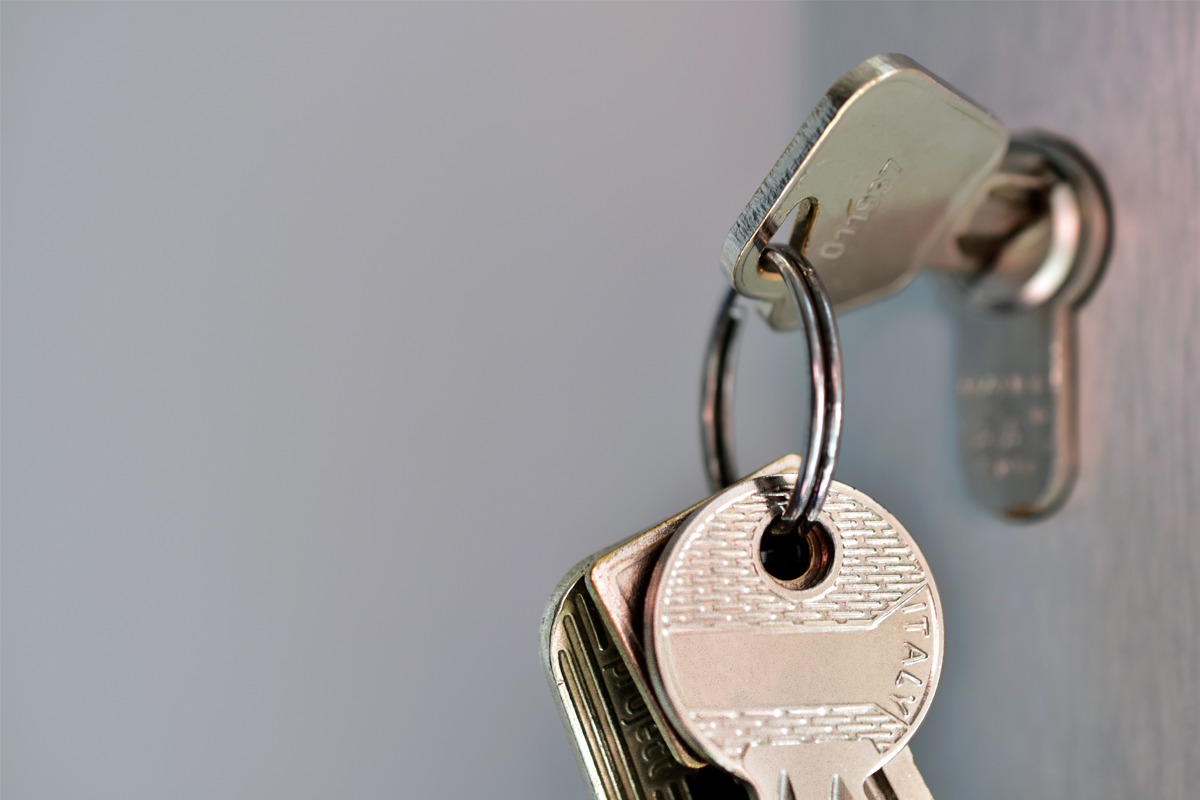Security and Accessibility for Your Medical Supply Cart

Keeping medications and medical equipment secure from unauthorized access is a critical concern in any healthcare facility. At the same time, security features should not be so tight that they hinder caregivers’ work efficiency.
Explore the security options on our custom medical carts and learn about the best way to keep your medical equipment secure yet accessible.
The Legal Aspect
Before considering cart security systems offering the best balance between security and accessibility, it is critical to understand the minimum legal requirements surrounding the secure storage of sensitive medical equipment, such as prescription drugs.
The Code of Federal Regulations, Title 21, paragraph 205.50, outlines minimum federal requirements for prescription drug storage, which apply to any facility where prescription drugs are stored, not just wholesalers or distributors.
The law applies to medical facilities such as hospitals and clinics. State laws may supplement the CFR with additional requirements. Make sure that your carts and your medication storage areas meet all applicable state and federal requirements.
Types of Medical Supply Carts
Medication carts
Standard medication carts typically contain the medications used most frequently by healthcare workers and are helpful nearly everywhere in a medical facility. They possess a large number of drawers, which must be physically secure against unauthorized access.
Point-of-care carts
Bedside and point-of-care carts rarely contain medications but may come with general-purpose drawers and safety features, such as lockable swivel casters.
Anesthesia carts
Anesthesia carts contain a selection of supplies, medications, and equipment intended to anesthetize a patient before a surgical procedure. They must be stored using a specific organization system.
Most anesthesia medications are highly regulated and have a high potential for abuse. They include Schedule II substances such as fentanyl and morphine, which require heavy-duty security and protection against theft or unauthorized use.
Crash carts
Emergency medical carts, commonly called crash carts or code carts, are dedicated rolling carts containing a curated selection of medications, supplies, and specialized equipment, such as defibrillators. Although crash cart designs and configurations may vary, they are typically waist-high and possess several storage drawers.
When needed by healthcare personnel, the contents of a crash cart need to be accessed as quickly as possible. So, they typically feature minimal security or locking devices.
However, when there is no emergency justifying the need for a crash cart, they must be stored securely, as some of the substances commonly found inside have a potential for abuse. Examples include dopamine, atropine, epinephrine, and lidocaine.
Security Options for Medical Carts
Choosing the right security systems and mechanisms for your medical carts will help you store sensitive medication and equipment efficiently without hindering patient care quality and effectiveness.
Mechanical Locks
Traditional mechanical locks remain one of the most common locking devices for medical carts. They exist in multiple configurations; single key lock for all drawers, individual drawer locks, with or without self-locking devices, and more.
A potential alternative to a single key lock system is the external lock bar. They reinforce security by physically blocking the drawers unless swung open. Lock bars are typically secured using a traditional padlock.
Electronic Locking Systems
Electronic locks are a widely-used alternative to mechanical systems, as they can provide additional security and convenience.
One of the most common electronic lock types is the keypad lock, requiring a code to access the cart’s contents. Most keypad locks on the market employ a four- to six-digit code, although specific models may allow entering codes up to eight digits long.
Alternatives to keypad locks include electronic badge readers, functioning either using an RFID proximity badge or a magnetic card reader (swipe card). Badges and key-cards are more convenient than keypad locks as they don’t require remembering a code or periodically changing it for security. However, they are subject to the same potential issues as mechanical keys like loss or theft.
Biometric readers read fingerprints, comparing them with a preset database of approved prints. Biometric locks are currently among the most secure locking mechanisms available. Because every human being has different fingerprints, a biometric lock lets a medical facility restrict access to relevant carts to authorized personnel.
High-security Solutions
High-security drawers featuring separately locked containers are ideal for storing sensitive equipment, such as narcotics found in anesthesia carts. This solution effectively protects your regulated substances with two locking devices: the lock already featured on the cart plus the additional container’s own lock.
You can also install a wall tether for additional security, locking the cart to a wall via a steel wire cable or a chain. This solution is suitable only for preventing the theft or displacement of the whole cart and should be used in conjunction with another security option.
OPENING HOURS
| Week Days – TX |
8:00 – 4:30 CT |
| Week Days – PA |
8:00 – 4:30 EST |
